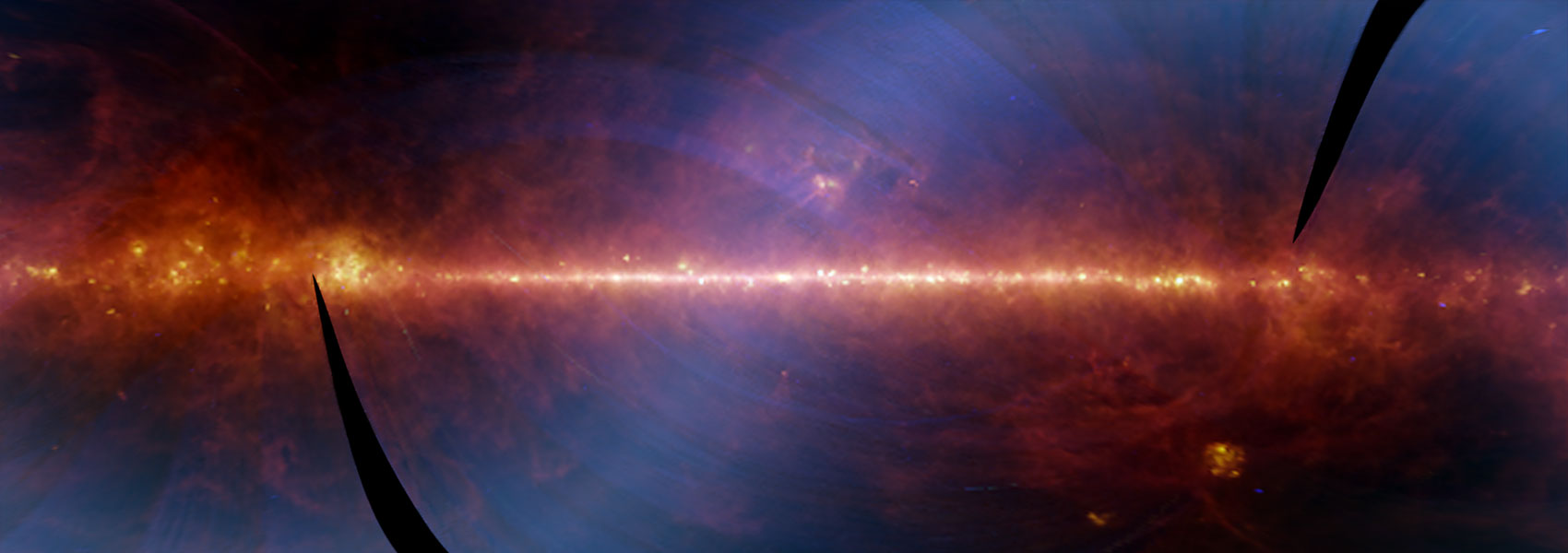September
2012
•
2012MNRAS.425..950N
Authors
•
Nefs, S. V.
•
Birkby, J. L.
•
Snellen, I. A. G.
•
Hodgkin, S. T.
•
Pinfield, D. J.
•
Sipőcz, B.
•
Kovacs, G.
•
Mislis, D.
•
Saglia, R. P.
•
Koppenhoefer, J.
•
Cruz, P.
•
Barrado, D.
•
Martin, E. L.
•
Goulding, N.
•
Stoev, H.
•
Zendejas, J.
•
del Burgo, C.
•
Cappetta, M.
•
Pavlenko, Y. V.
Abstract
•
We report on the discovery of four ultra-short-period (P ≤ 0.18 d) eclipsing M-dwarf binaries in the Wide-Field Camera (WFCAM) Transit Survey. Their orbital periods are significantly shorter than that of any other known main-sequence binary system, and are all significantly below the sharp period cut-off at P ∼ 0.22 d as seen in binaries of earlier-type stars. The shortest-period binary consists of two M4-type stars in a P = 0.112 d orbit. The binaries are discovered as part of an extensive search for short-period eclipsing systems in over 260 000 stellar light curves, including over 10 000 M-dwarfs down to J = 18 mag, yielding 25 binaries with P ≤ 0.23 d. In a popular paradigm, the evolution of short-period binaries of cool main-sequence stars is driven by the loss of angular momentum through magnetized winds. In this scheme, the observed P ∼ 0.22 d period cut-off is explained as being due to time-scales that are too long for lower-mass binaries to decay into tighter orbits. Our discovery of low-mass binaries with significantly shorter orbits implies that either these time-scales have been overestimated for M-dwarfs, e.g. due to a higher effective magnetic activity, or the mechanism for forming these tight M-dwarf binaries is different from that of earlier-type main-sequence stars.
Links




